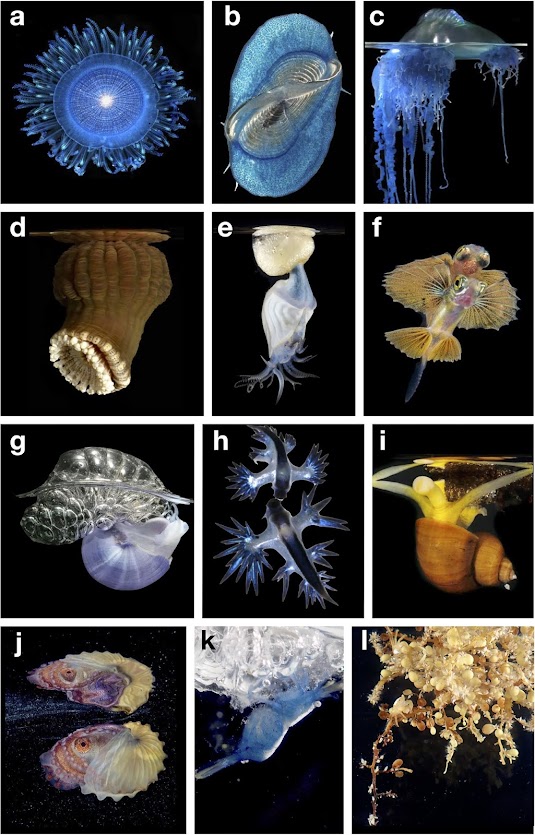Taking Care of Islands

Islands have a special appeal: why else do visitors flock to tropical islands as places of idyll and escape. Islanders must exercise special care of their ecosystems which are fragile. Dr Anjani Ganase explains why islands are more vulnerable; and considers the delicate balance. Islands off islands: St Giles lies off the northwest coast of Tobago Photo by Anjani Ganase The definition of an island is a piece of land surrounded by water. There is an upper limit to how big islands can be; very large land masses, such as Australia, are considered continents. Usually they are as small as the rocks we observe out at sea. The largest is Greenland, followed by New Guinea. Islands are mostly found in the ocean but can occur in lakes and rivers. The Orinoco River has several islands in its mouth formed by the sediment collected by the river. Consider the high-end New York neighbourhood of Manhattan that sits on an island in t...


